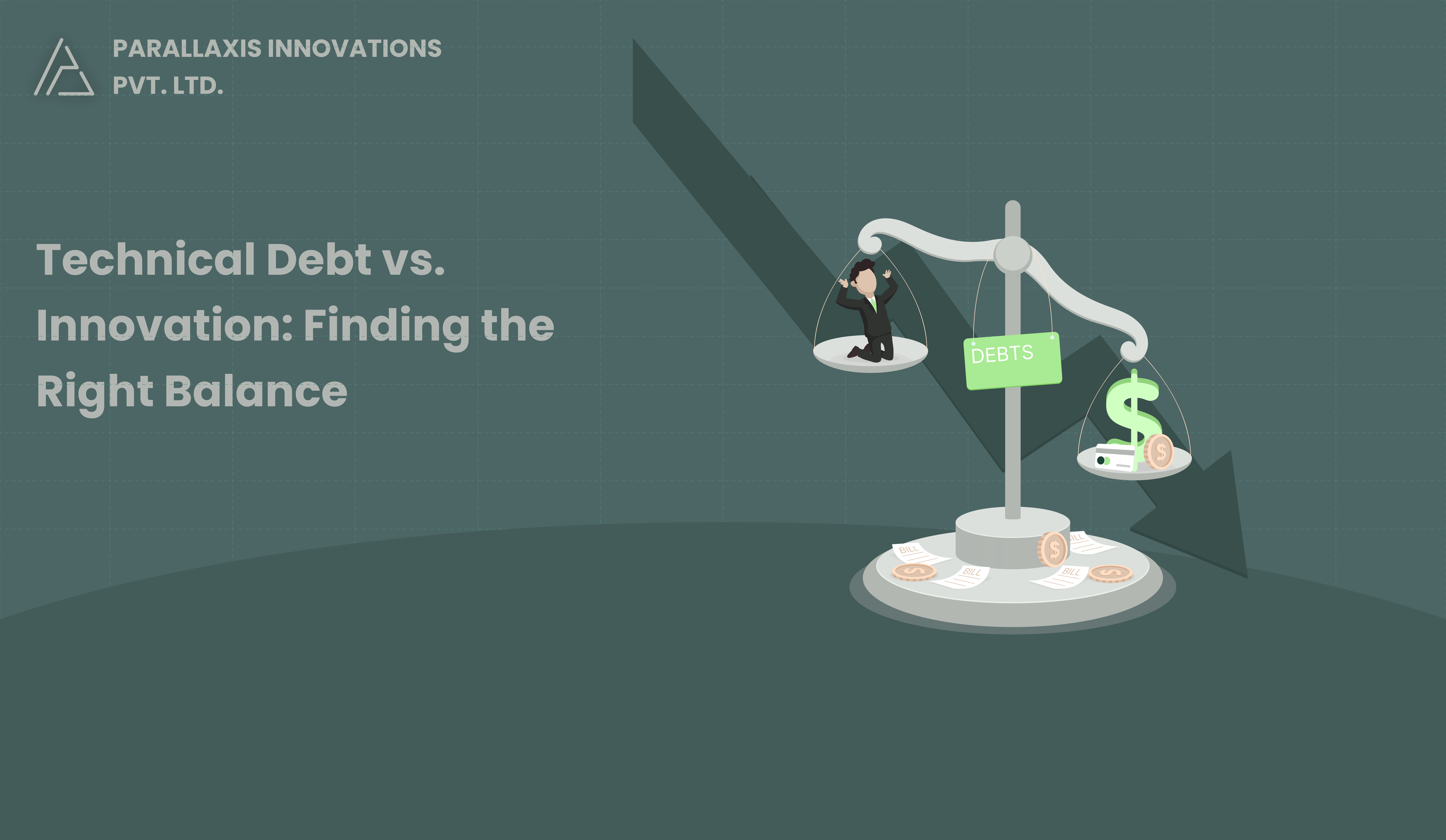In the world of digital products, user feedback is pure gold. It reveals what’s working, what’s confusing, and where your design can evolve to better serve your audience. Without listening to your users, you risk creating interfaces that don’t meet their needs or expectations.
Collecting feedback is just the first step; knowing how to analyse and act on it is where the real magic happens. This blog explores how to effectively use user feedback to enhance your UI/UX and create products people love.
Why User Feedback Matters
- Validates design decisions: Confirm if your design meets real-world needs.
- Identifies pain points: Discover where users struggle or get stuck.
- Inspires innovation: Users often suggest new features or improvements.
- Builds trust: Showing you listen creates stronger user relationships.
Methods to Collect User Feedback
- Surveys & Questionnaires Quick and scalable, they provide quantitative and qualitative insights.
- User Interviews: One-on-one conversations dive deeper into user motivations and challenges.
- Usability Testing Watching users interact with your product reveals real-time issues.
- Feedback Widgets In-app tools allow users to report problems or suggestions instantly.
- Analytics & Heatmaps Track behaviour patterns and identify friction points indirectly.
Analyzing Feedback Effectively
- Look for Patterns: Multiple users reporting the same issue signals a priority.
- Categorise Feedback: Group into themes like navigation, content, and functionality.
- Prioritise by Impact: Focus on fixes that improve the experience for most users.
- Balance Feedback with Vision: Not all suggestions align with your product goals.
How to Implement Feedback for UI/UX Improvement
1. Simplify Navigation
If users report confusion or difficulty finding features, consider:
- Redesigning menus for clarity
- Adding search functionality
- Grouping related features logically
2. Clarify Language and Instructions
Unclear labels or confusing copy often frustrate users.
- Rewrite microcopy for simplicity
- Add tooltips or inline help
- Use consistent terminology
3. Enhance Visual Hierarchy
Feedback about overwhelming or cluttered screens?
- Use whitespace to separate elements
- Highlight important actions with color and size
- Break content into digestible sections
4. Optimize Performance
Slow loading or laggy interactions hurt UX.
- Compress images and assets
- Minimize heavy scripts
- Use caching effectively
5. Improve Accessibility
If users with disabilities face barriers:
- Ensure keyboard navigation
- Enhance color contrast
- Add alt text for images
Real-World Example: Airbnb
Airbnb actively listens to host and guest feedback to refine their UI/UX. They regularly test new features, simplify booking flows, and improve messaging based on what users say, leading to a platform that’s both trusted and loved globally.
Final Thoughts
User feedback is the bridge between your vision and your users’ reality. By continuously gathering, analysing, and acting on feedback, you create a cycle of improvement that drives better UI/UX and stronger user loyalty.
Remember, your users don’t just want a product; they want an experience. Make their voice part of your design process.



